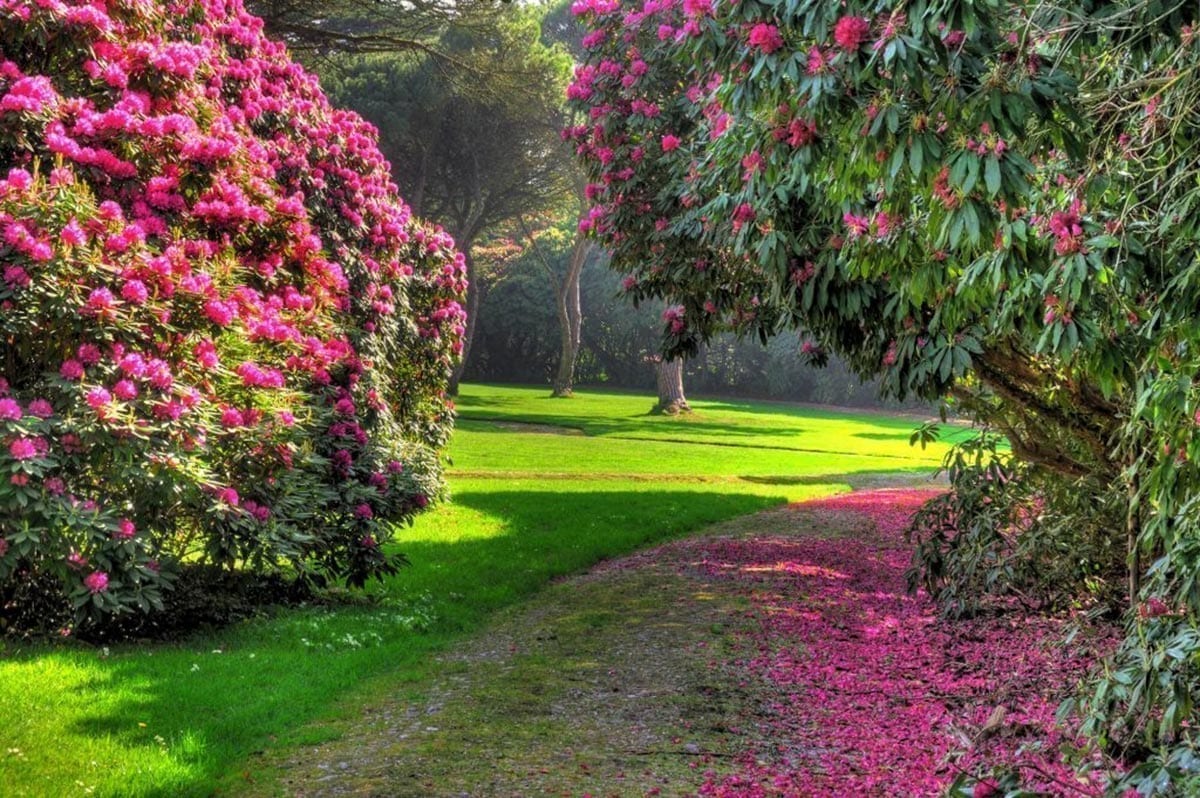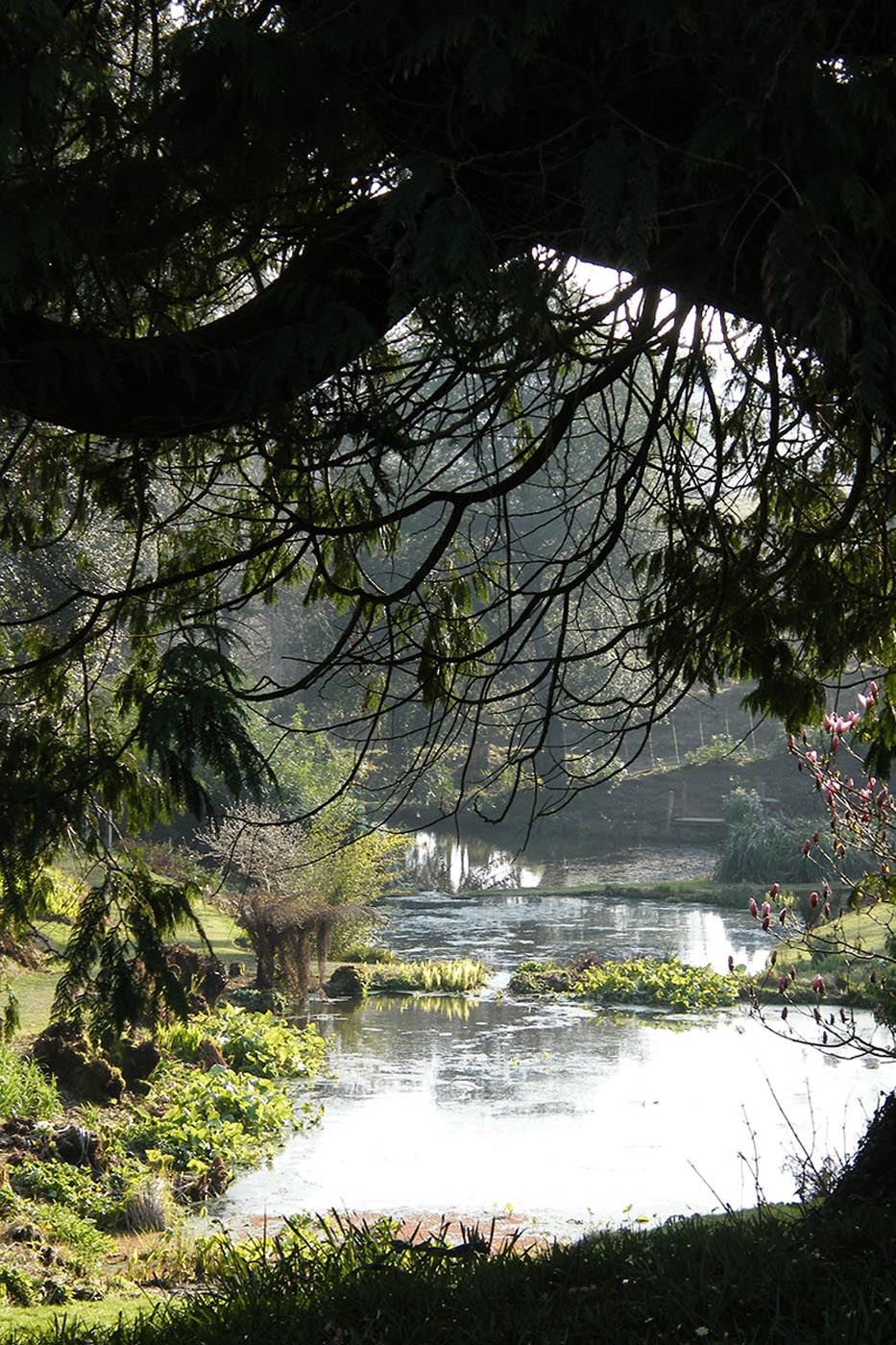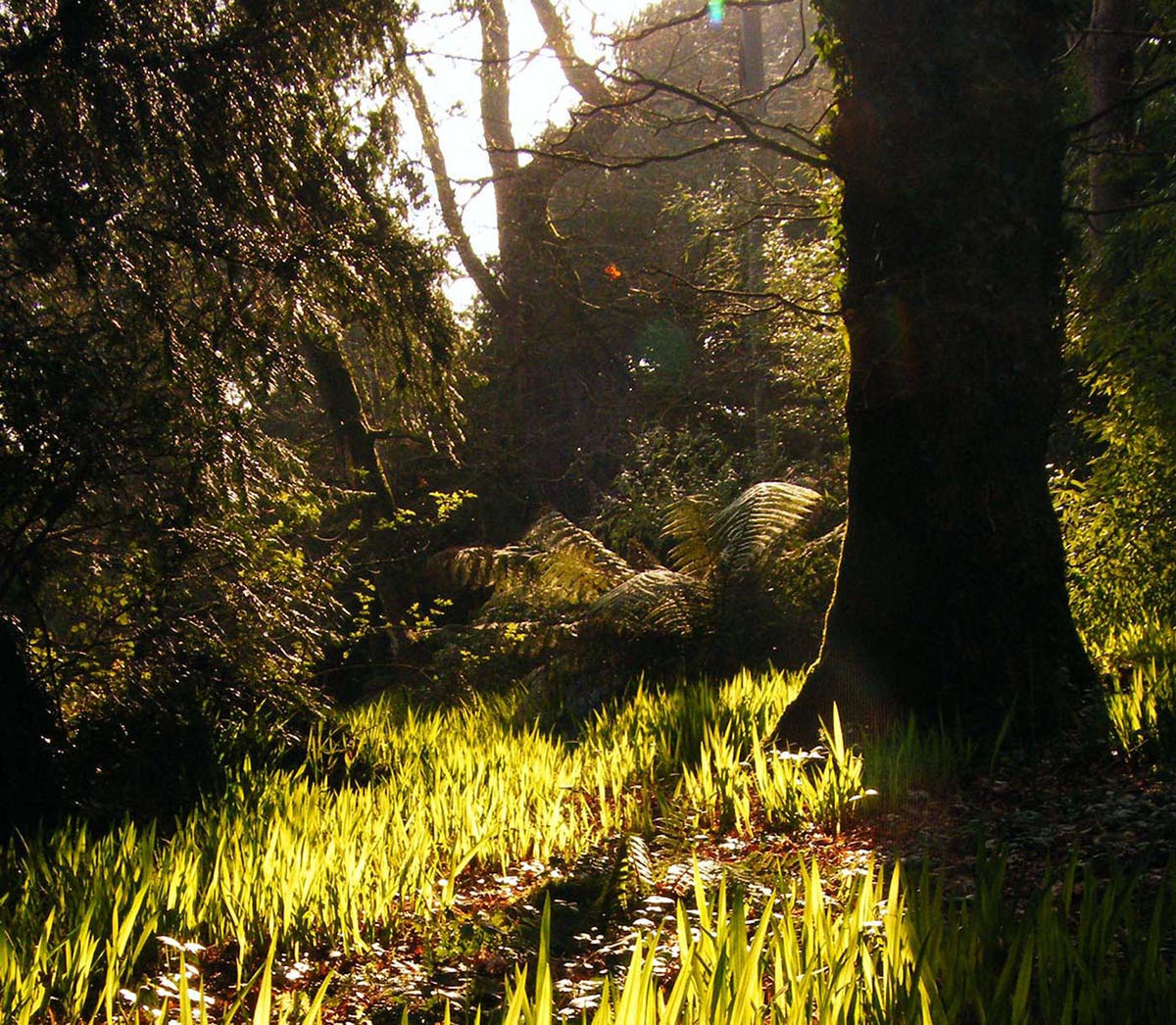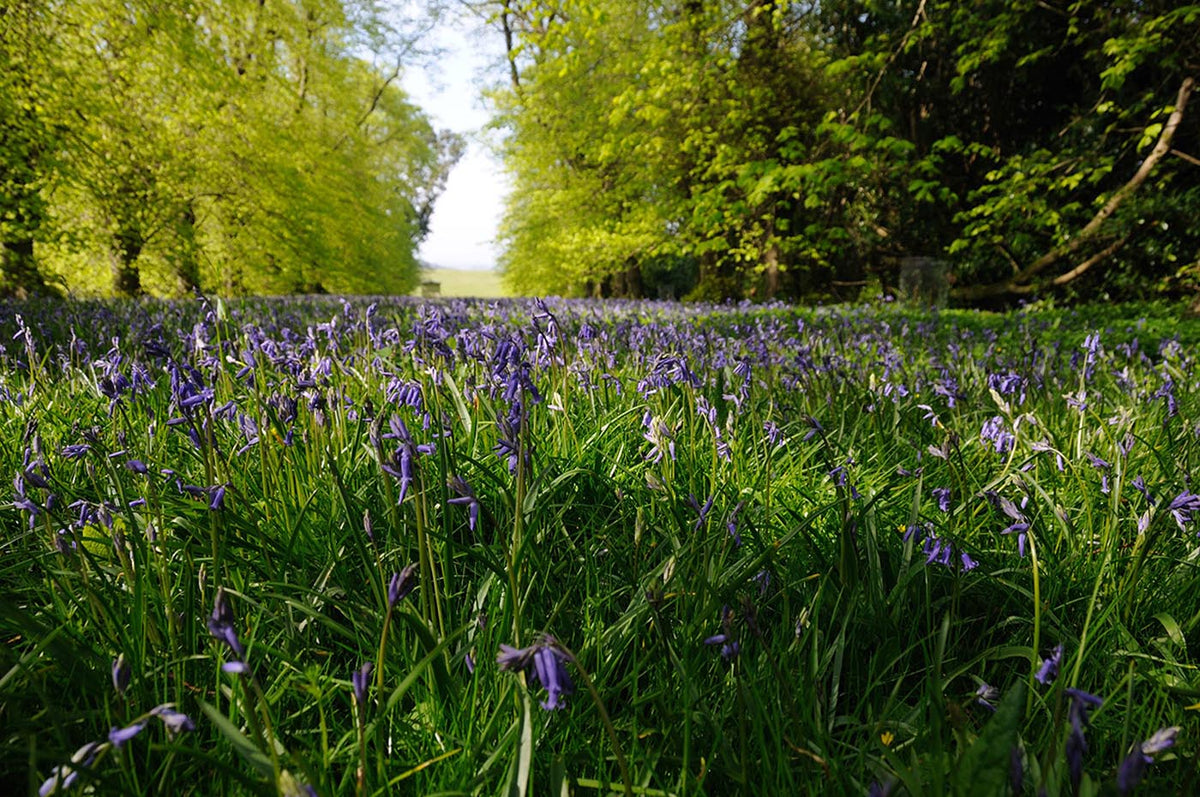
Welcome to Tregothnan which, translated from Cornish, means “The House at The Head of The Valley”
The magnificent botanical gardens provide us with inspiration and ingredients. The English estate teas and herbal infusions originated here, Manuka and wildflower honeys were pioneered here, and more botanicals are awaiting discovery. The conservation collection is well known in the botanical world and is an official safe site for many endangered species as well as significant registered national collections.
The gardens, both by the river and east of the house, are the beating heart of the estate and we are constantly inspired by their resilience and beauty.
The flora at Tregothnan has been cherished for seven centuries. From the 1840s it became a global hotspot for botanical innovations, “the most introduced plants anywhere in the world now flourish in Cornwall” according to horticulturalist Philip McMillan Browse. The equable climate is moderated by the vast Atlantic Ocean as the ocean air rises above the ten-mile ridge of Cornwall. The humid air loses its damaging saltiness begore reaching the plantations. Tregothnan itself is six miles upstream on the banks of the deep-sea creek that is the river Fal – truly a micro-climate that has supported many extraordinary species of fruit trees and an enormous range of rare plants for centuries. Tregothnan river gardens perfectly mimics the atmosphere of the high foothills of the Himalayas. The main expansion of the collection in recent years has been in the River Gardens, where visitors are invited to tour the expansive orchards, tea and jungle gardens. The linear riverside gardens are unique in having such a large waterside backdrop, almost every garden view looks out onto the vast river running through Tregothnan and its tidal tributaries.
Tregothnan botanical garden protects many endangered trees, including one of the world’s rarest trees, the Wollemi Pine.
The Wollemi Pine was brought to Tregothnan for cultivation and as a protected safe site for plants, the botanical garden was a perfect location to grow this mind-blowingly rare tree for the first timer in a private collection. 12 years later and the Wollemia nobilis (or Dinosaur Tree, as it’s more commonly known) has flourished and propagated back to life..
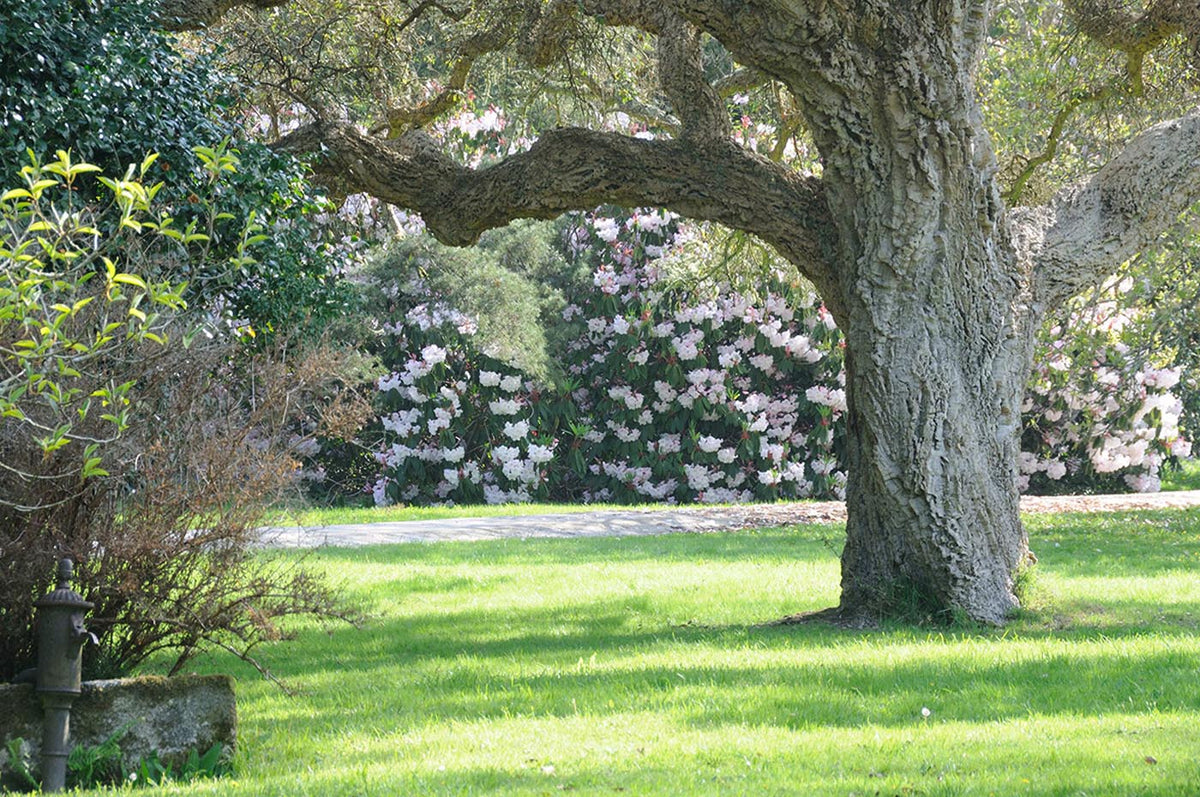
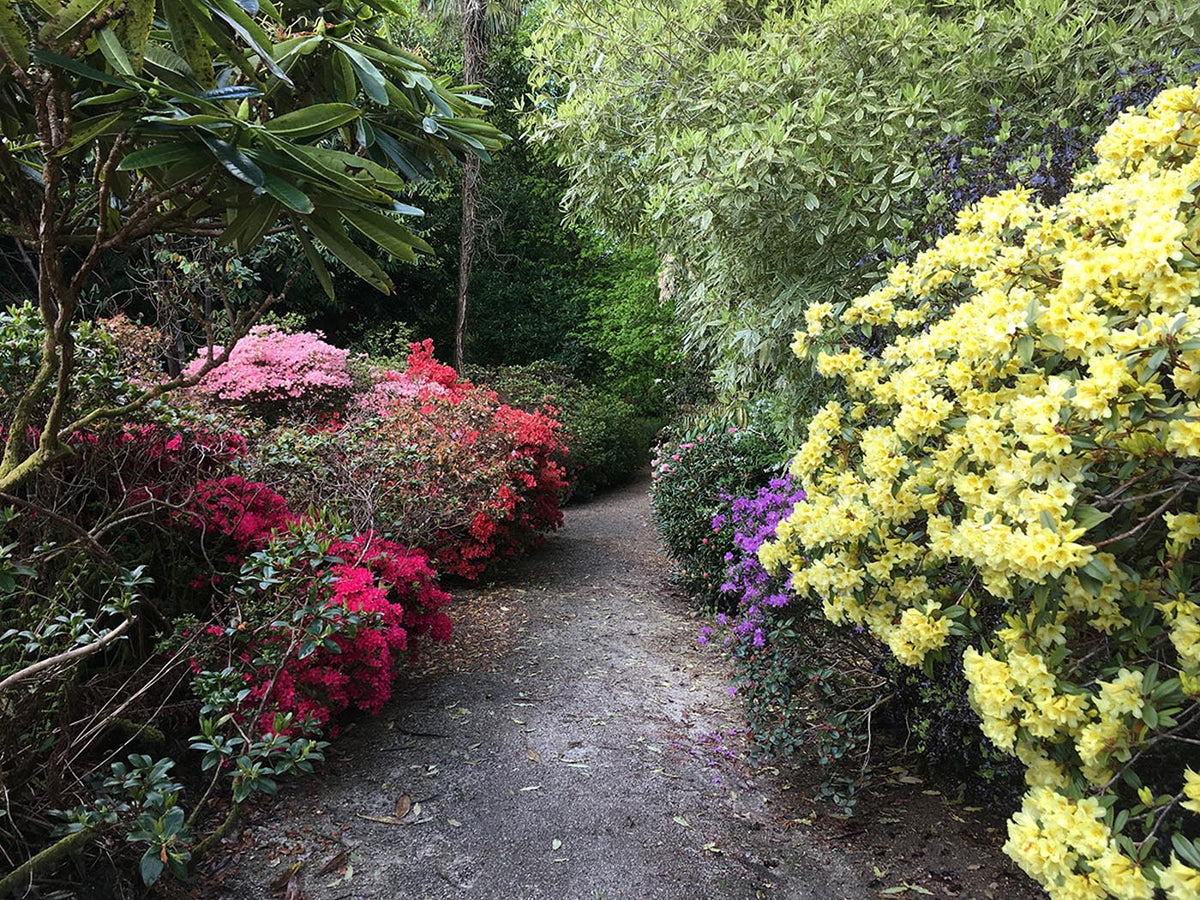
The world’s largest Camellia Maze grows at Tregothnan. Camellia is not an obvious choice, but as Tregothnan is the home of Camellia in the UK, that had to be the material used for the Tregothnan maze. In March the maze blooms in pink bud, creating overwhelming beauty for this candy coloured labyrinth.
